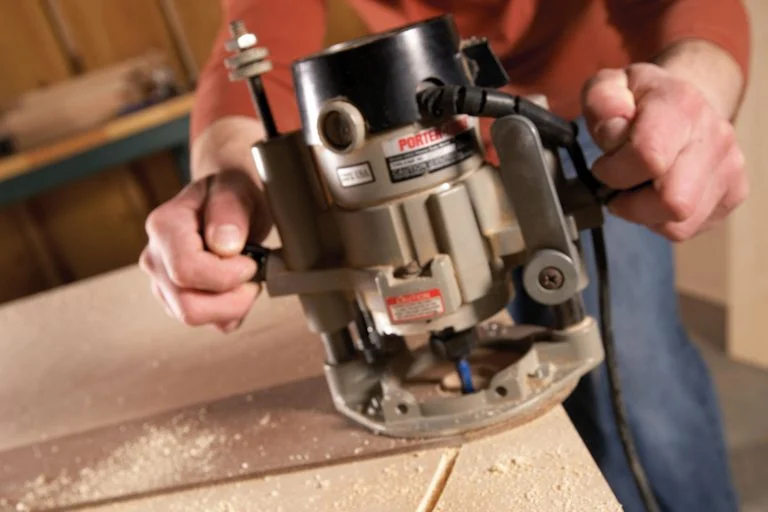Cutting curves in wood can add a touch of artistry and elegance to your woodworking projects. Whether you’re creating intricate designs or shaping edges, mastering the technique of curved cuts is a valuable skill. In this article, we’ll explore seven practical tips to help you cut curves in wood with precision and confidence.\

The Art of Cutting Curves in Wood
Curved cuts are essential in various woodworking projects, such as crafting furniture, designing scrollwork, or making decorative pieces. The ability to cut curves accurately can take your woodworking skills to the next level.
7 Tips for Cutting Curves in Wood
- Choose the Right Blade: The first step to successful curved cuts is selecting the appropriate blade for your saw. For jigsaws, use a fine-toothed blade for smoother cuts, and consider the material you’re cutting.
- Mark Your Cut Line: Accurate marking is crucial. Use a pencil or a scribe to draw your cut line directly onto the wood. Consider using a flexible curve or template for more complex shapes.
- Practice Safe Techniques: Safety should always be a priority. Wear safety glasses, hearing protection, and dust masks when cutting wood. Secure your workpiece to prevent movement during the cut.
- Use a Jigsaw: A jigsaw is an ideal tool for cutting curves. Its maneuverability allows you to follow intricate patterns easily. Ensure your jigsaw is in good working condition, and keep the blade sharp.
- Adjust Cutting Speed: Controlling the speed of your saw is essential. For tighter curves, slow down the saw to maintain precision. Faster speeds are suitable for gentle, larger curves.
- Fine-Tune with Sandpaper: After making the cut, you may notice rough edges or imperfections. Smooth these out with sandpaper or a sanding block to achieve a polished finish.
- Test Your Skills: If you’re new to cutting curves, practice on scrap wood before working on your project piece. This will help you refine your technique and gain confidence.
Conclusion
Cutting curves in wood is a skill that can open up a world of creative possibilities in woodworking. With the right blade, proper marking, safe techniques, and the use of a jigsaw, you can achieve precise and elegant curved cuts. Remember to practice and take your time to perfect this valuable woodworking skill.
FAQs
- What is the best type of saw for cutting curves in wood? A jigsaw is one of the best tools for cutting curves in wood due to its maneuverability and versatility.
- How do I prevent tear-out when cutting curves in wood? Using a sharp blade, supporting the wood with backing material, and cutting slowly can help reduce tear-out.
- What type of wood is best for practicing curved cuts? Softwoods like pine are excellent for practicing curved cuts because they are easier to work with and less expensive than hardwoods.
- Can I cut intricate curves with a band saw? Yes, a band saw is suitable for cutting intricate curves and is a favorite tool for professional woodworkers.
- What are some common mistakes to avoid when cutting curves in wood? Common mistakes include using the wrong blade, not securing the workpiece, rushing the cut, and not practicing first on scrap wood.


